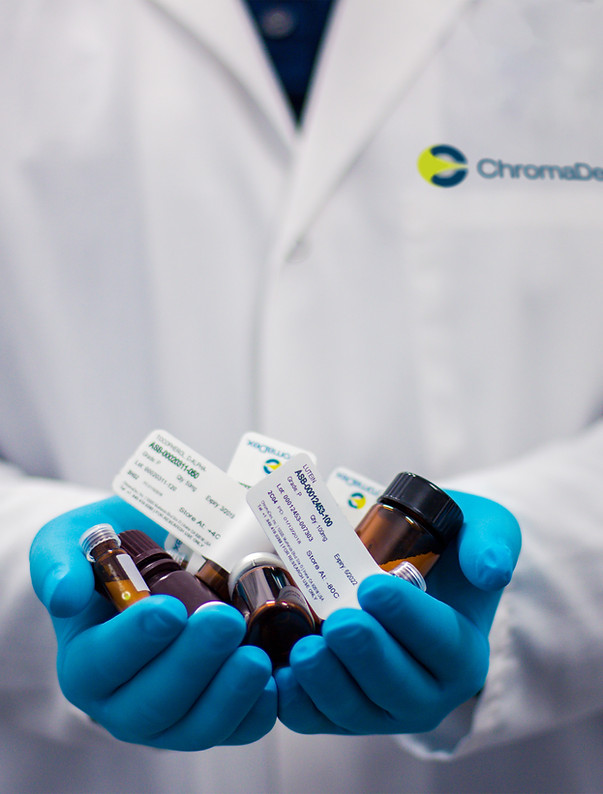HEALTH CARE WASTE

Health Care Waste
Healthcare activities produce varying types of waste. The majority is generated by activities that are non-hazardous, accounting for 85% of the total amount produced. The remaining 15% is hazardous waste that is potentially infectious, toxic or radioactive. The type of healthcare waste that is produced largely depends on the location, whether that be a hospital or a care home, and the specific work activities the setting carries out.

Clinical
Clinical waste (sometimes referred to as ‘healthcare waste’) is that which poses a risk of infection or contamination. This means if someone was to come into contact with it, it is potentially hazardous to their health. Clinical waste includes items that have been contaminated with body fluids such as needles and sharps, dressings and bandages, and PPE.

Offensive Waste
Waste that is non-clinical, non-infectious and doesn’t contain any chemical substances or pharmaceuticals is classed as offensive waste. While it is not hazardous, it can be unpleasant to come into contact with. It includes PPE that hasn’t been contaminated with body fluids and so poses no risk of infection, as well as materials such as used dressings, stoma or catheter bags, nappies, incontinence pads and maternity waste.

Anatomical Waste
All anatomical waste must be disposed of safely in the correct waste stream. This includes materials such as recognisable body parts and placentas. While anatomical waste may not be hazardous to health, it must be treated correctly due to its sensitive nature if it was to be unexpectedly discovered.

Cytotoxic Waste
This is a very specific type of waste steam that consists of cytotoxic and/or cytostatic drugs, including any materials contaminated with it. Cytotoxic medicines are often used for the treatment of cancers and other diseases and so are commonly used in hospitals and some other healthcare facilities. Any medicine containers with this residue or used sharps, or an item such as a swab used during the treatment of cytotoxic or cytostatic medicines, must be correctly disposed of.
.png)